Home>Furniture & Design>Bathroom Accessories>Who Invented The Bidet
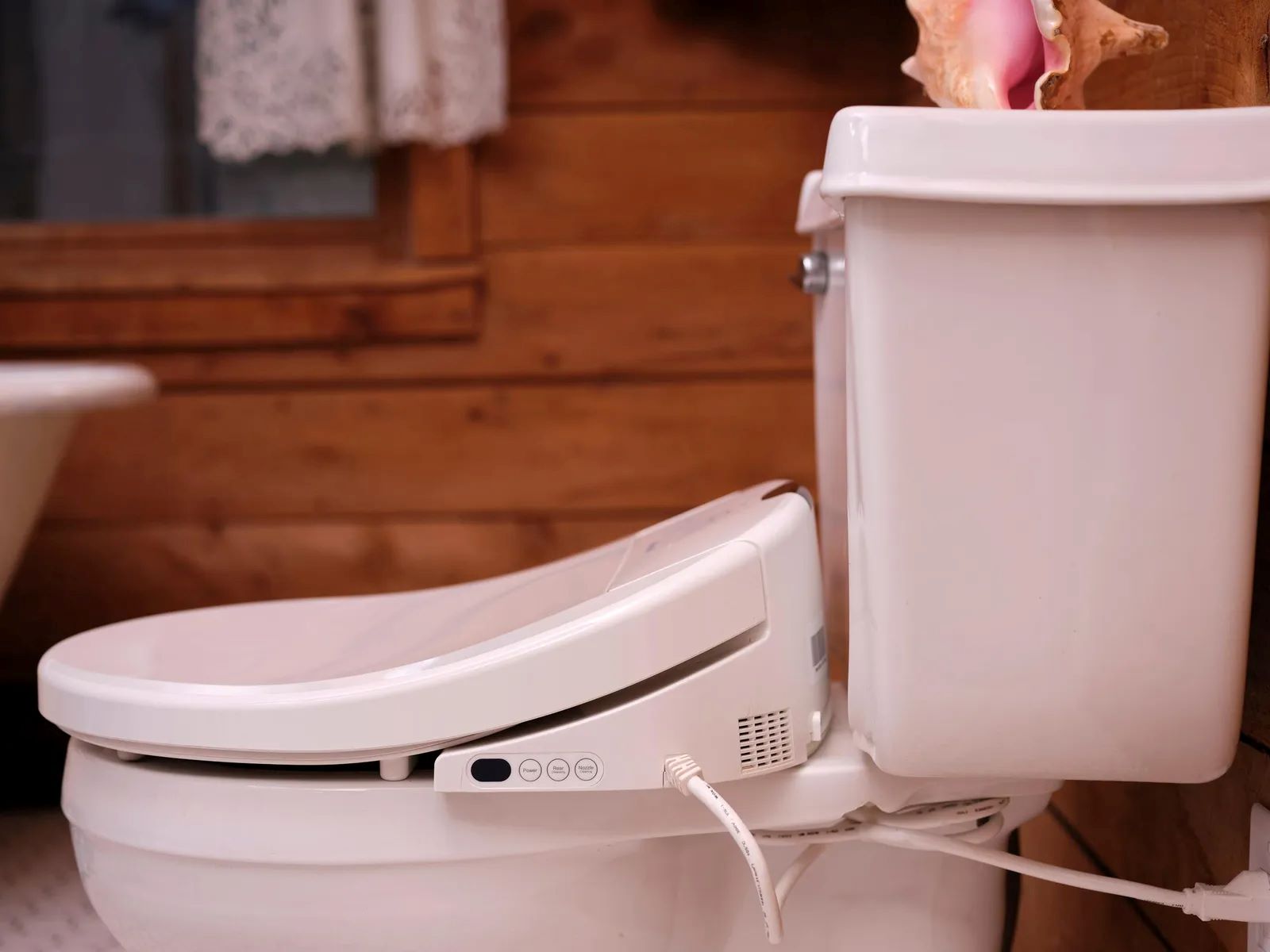

Bathroom Accessories
Who Invented The Bidet
Modified: March 25, 2024
Discover the history of the bidet and its inventor. Learn about this essential bathroom accessory and its origins. Explore the evolution of bathroom accessories.
(Many of the links in this article redirect to a specific reviewed product. Your purchase of these products through affiliate links helps to generate commission for Storables.com, at no extra cost. Learn more)
Introduction
The bidet, a bathroom accessory that has been around for centuries, is gaining popularity in modern times for its hygiene benefits and environmental friendliness. This comprehensive guide delves into the intriguing history of the bidet, from its inception to its evolution into a modern bathroom essential. We will explore the origins of the bidet, its early development, and its transformation into the sleek and efficient fixture that graces bathrooms worldwide today. Join us on this fascinating journey through time as we uncover the story of the bidet and its enduring impact on personal hygiene and comfort.
Key Takeaways:
- The bidet has a fascinating history dating back centuries, evolving from a symbol of luxury to a modern bathroom essential, offering sustainable and eco-friendly hygiene solutions.
- The bidet’s journey reflects the timeless pursuit of cleanliness and comfort, adapting to modern needs with advanced technology and eco-friendly features, making it a global symbol of practicality and well-being.
Read more: Who Invented Woodworking?
History of the Bidet
The history of the bidet is a tale that spans centuries, with its origins shrouded in the mists of time. The word "bidet" itself is derived from the French term for "pony," which hints at the early use of a small, straddle-mounted washing fixture for personal hygiene. The concept of cleansing oneself with water after using the toilet has been a part of various cultures throughout history, with evidence of similar practices dating back to ancient civilizations such as the Egyptians, Greeks, and Romans.
In the 17th and 18th centuries, the bidet as we know it today began to take shape in France and Italy, where it gained popularity among the aristocracy. These early versions were often porcelain fixtures resembling a low, elongated basin, equipped with a water source for personal cleansing. The bidet's association with luxury and refinement persisted through the centuries, with its usage spreading to other European countries and eventually making its way to other parts of the world.
The bidet's evolution continued into the 20th century, with technological advancements and design innovations leading to the development of various types of bidets, including standalone fixtures and integrated bidet toilet seats. In recent years, the growing awareness of environmental sustainability and personal hygiene has sparked a renewed interest in bidet usage, leading to a surge in popularity and widespread adoption in many regions.
The history of the bidet is a testament to its enduring appeal and the timeless need for effective personal hygiene solutions. As we journey through the annals of time, we gain a deeper appreciation for the bidet's cultural significance and its evolution into a modern bathroom essential. The bidet's rich history serves as a reminder of the enduring quest for cleanliness and comfort, transcending centuries and leaving an indelible mark on the world of personal hygiene.
Bidet Invention and Early Development
The invention and early development of the bidet trace back to the 17th century in France. The bidet, derived from the French word for "pony," initially referred to a small straddle-mounted washing fixture used for personal hygiene. It gained prominence among the French aristocracy and quickly became a symbol of luxury and refinement.
The early bidets were crafted from porcelain and resembled low, elongated basins. They were designed to be filled with water, allowing individuals to cleanse themselves after using the toilet. The concept of using water for personal hygiene had been prevalent in various cultures for centuries, but the bidet, as a dedicated fixture, represented a significant advancement in this practice.
As the bidet's popularity grew in France, it also found favor in neighboring Italy. The Italian adaptation of the bidet featured similar design elements and served the same purpose of enhancing personal hygiene. The bidet's association with elegance and sophistication continued to flourish, solidifying its status as a coveted bathroom accessory among the elite.
Throughout the 18th and 19th centuries, the bidet underwent refinements in design and functionality. It evolved from a basic washing basin to a more sophisticated fixture with improved water delivery systems. The introduction of plumbing advancements further enhanced the bidet's usability, making it more accessible to a broader segment of society.
The early development of the bidet laid the foundation for its enduring legacy as a symbol of cleanliness and comfort. Its evolution from a simple washing fixture to a more refined and functional accessory reflected the ongoing quest for improved personal hygiene practices. The bidet's journey from its inception to its early development exemplifies the intersection of innovation, culture, and the timeless pursuit of cleanliness.
As we delve into the history of the bidet's invention and early development, we gain a deeper understanding of its cultural significance and the impact it has had on personal hygiene practices. The bidet's journey through history serves as a testament to its enduring appeal and its transformation into a modern bathroom essential.
The bidet was invented in the 17th century by the French. It was originally designed for personal hygiene and is commonly found in European and Asian countries.
Bidet Evolution and Modern Usage
The evolution of the bidet from its early origins to its modern usage is a testament to its enduring relevance and impact on personal hygiene practices. Over the centuries, the bidet has undergone significant transformations, adapting to changing cultural norms, technological advancements, and environmental considerations.
In recent years, the bidet has experienced a resurgence in popularity, driven by a growing awareness of environmental sustainability and a heightened focus on personal hygiene. Modern bidet fixtures and integrated bidet toilet seats incorporate innovative features such as adjustable water pressure, temperature control, and customizable cleansing modes, catering to individual preferences and comfort.
The integration of advanced technology has revolutionized the bidet experience, offering enhanced convenience and efficiency. Additionally, the widespread availability of bidet attachments and portable bidet devices has made bidet usage more accessible to a broader demographic, further contributing to its modern usage.
One of the most notable developments in the bidet's evolution is its alignment with eco-friendly practices. The use of bidets significantly reduces the consumption of toilet paper, contributing to environmental conservation and sustainability. This eco-conscious approach has resonated with individuals seeking greener alternatives in their daily routines, positioning the bidet as a sustainable solution for personal hygiene.
Moreover, the modern bidet's emphasis on hygiene and comfort has garnered widespread recognition, transcending cultural boundaries and becoming a global phenomenon. Its adoption in various regions reflects a universal appreciation for the benefits it offers in promoting cleanliness and well-being.
The bidet's evolution and modern usage underscore its enduring relevance in the contemporary world, where individuals increasingly prioritize health, sustainability, and comfort. As the demand for innovative personal hygiene solutions continues to grow, the bidet stands as a symbol of timeless elegance and practicality, enriching the bathroom experience for generations to come.
The bidet's journey from its early inception to its modern usage is a testament to its adaptability and enduring appeal. Its evolution reflects the convergence of tradition and innovation, shaping the way we approach personal hygiene and environmental responsibility in the 21st century.
Conclusion
The journey through the history of the bidet unveils a captivating narrative of innovation, cultural significance, and the enduring pursuit of cleanliness and comfort. From its humble origins as a straddle-mounted washing fixture to its evolution into a modern bathroom essential, the bidet has left an indelible mark on personal hygiene practices and environmental consciousness.
As we reflect on the bidet's rich history, we gain a profound appreciation for its timeless appeal and adaptability. The bidet's early association with luxury and refinement has evolved into a symbol of practicality, sustainability, and well-being in the contemporary era. Its integration of advanced technology and eco-friendly features reflects a harmonious blend of tradition and innovation, catering to the evolving needs and preferences of individuals worldwide.
The bidet's resurgence in modern times signifies a renewed commitment to environmental stewardship and personal hygiene, transcending cultural boundaries and resonating with a global audience. Its seamless integration into diverse bathroom settings underscores its versatility and universal relevance, offering a compelling solution for enhancing cleanliness and comfort.
In conclusion, the bidet stands as a testament to the enduring quest for improved personal hygiene practices and sustainable living. Its journey from antiquity to the present day serves as a reminder of the timeless pursuit of cleanliness and the enduring legacy of a fixture that continues to enrich the lives of individuals around the world. As we embrace the bidet's evolution and modern usage, we celebrate its enduring impact on the way we approach personal hygiene, environmental responsibility, and the pursuit of a cleaner, more comfortable world.
Frequently Asked Questions about Who Invented The Bidet
Was this page helpful?
At Storables.com, we guarantee accurate and reliable information. Our content, validated by Expert Board Contributors, is crafted following stringent Editorial Policies. We're committed to providing you with well-researched, expert-backed insights for all your informational needs.
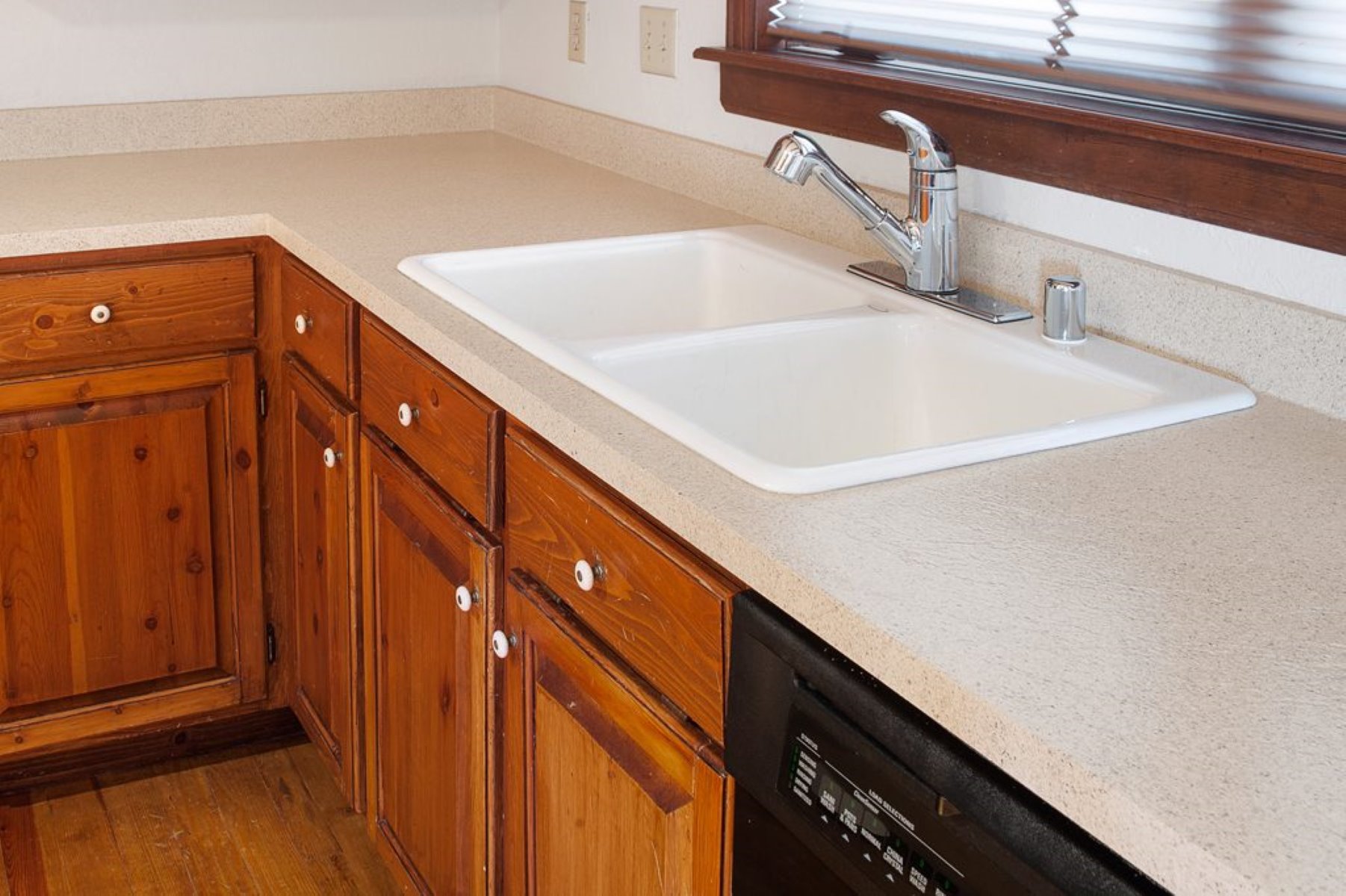

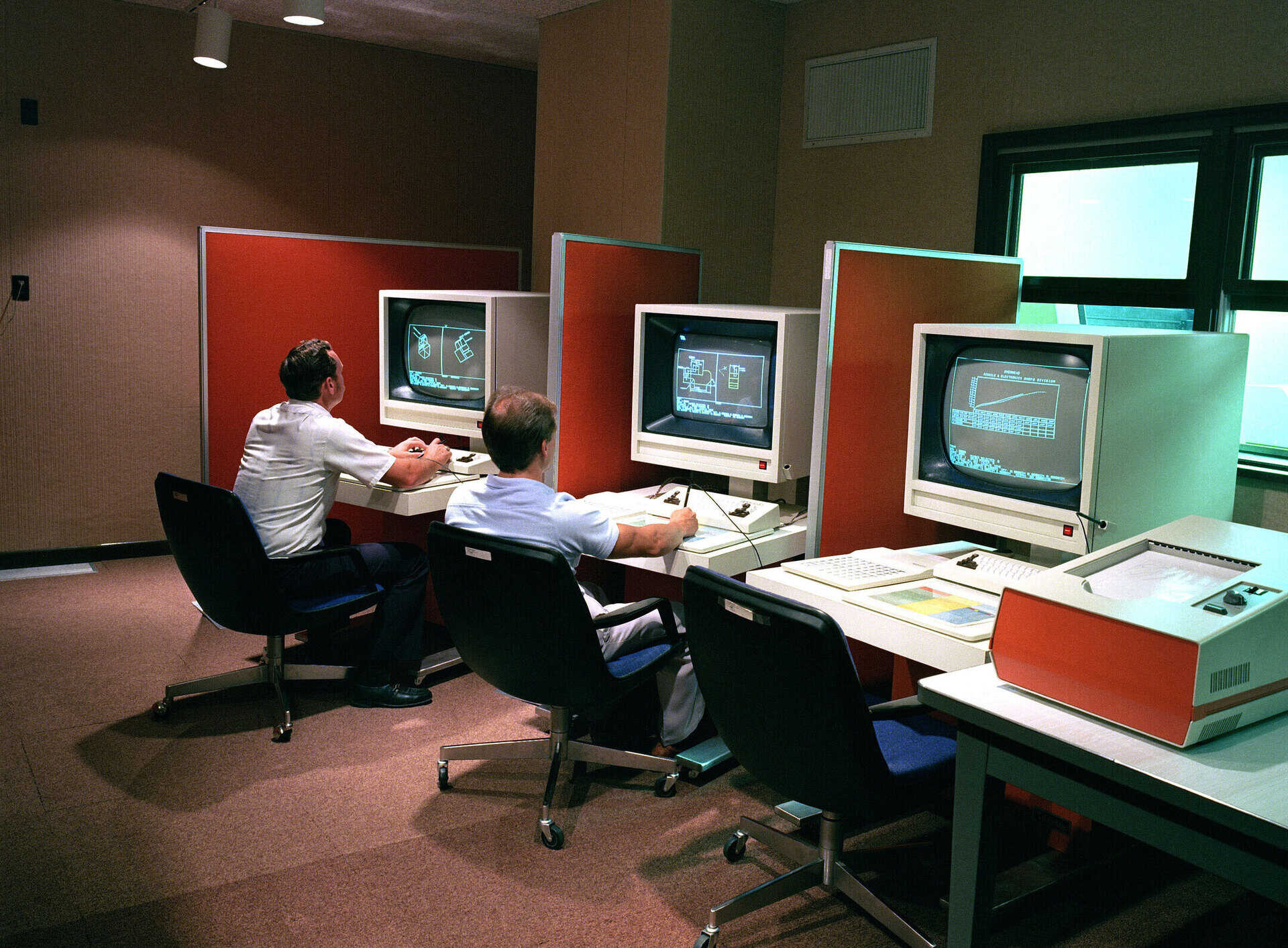
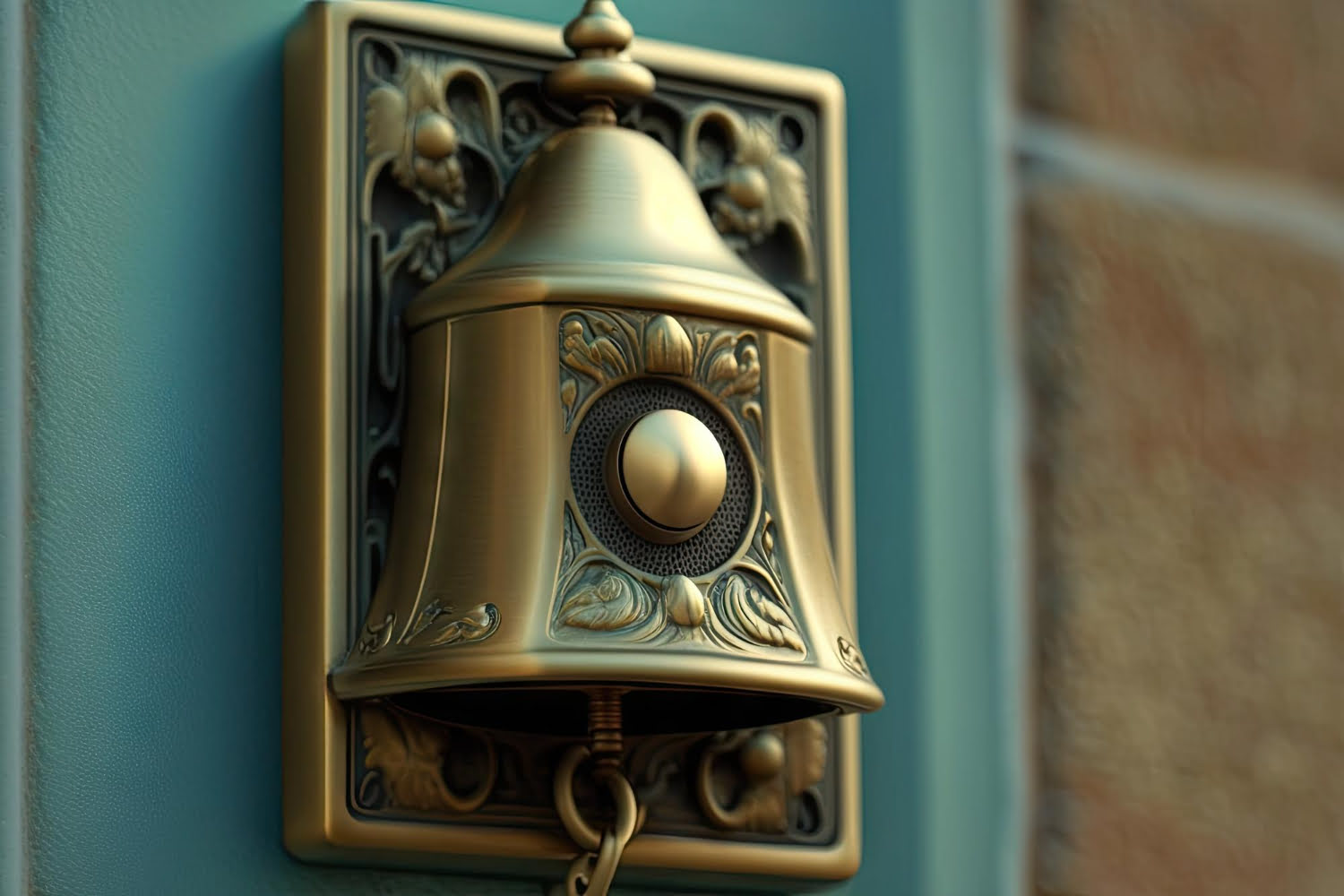
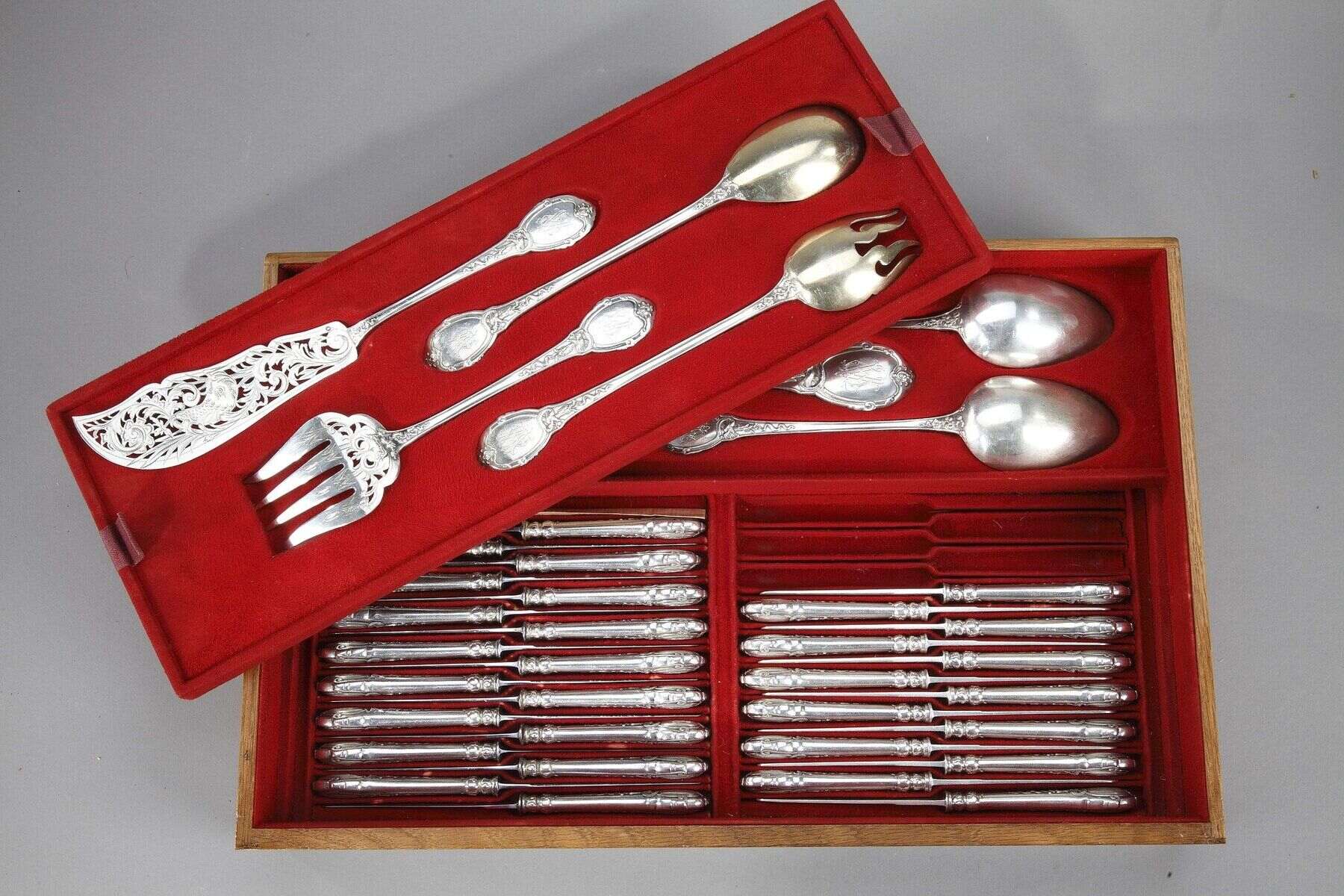
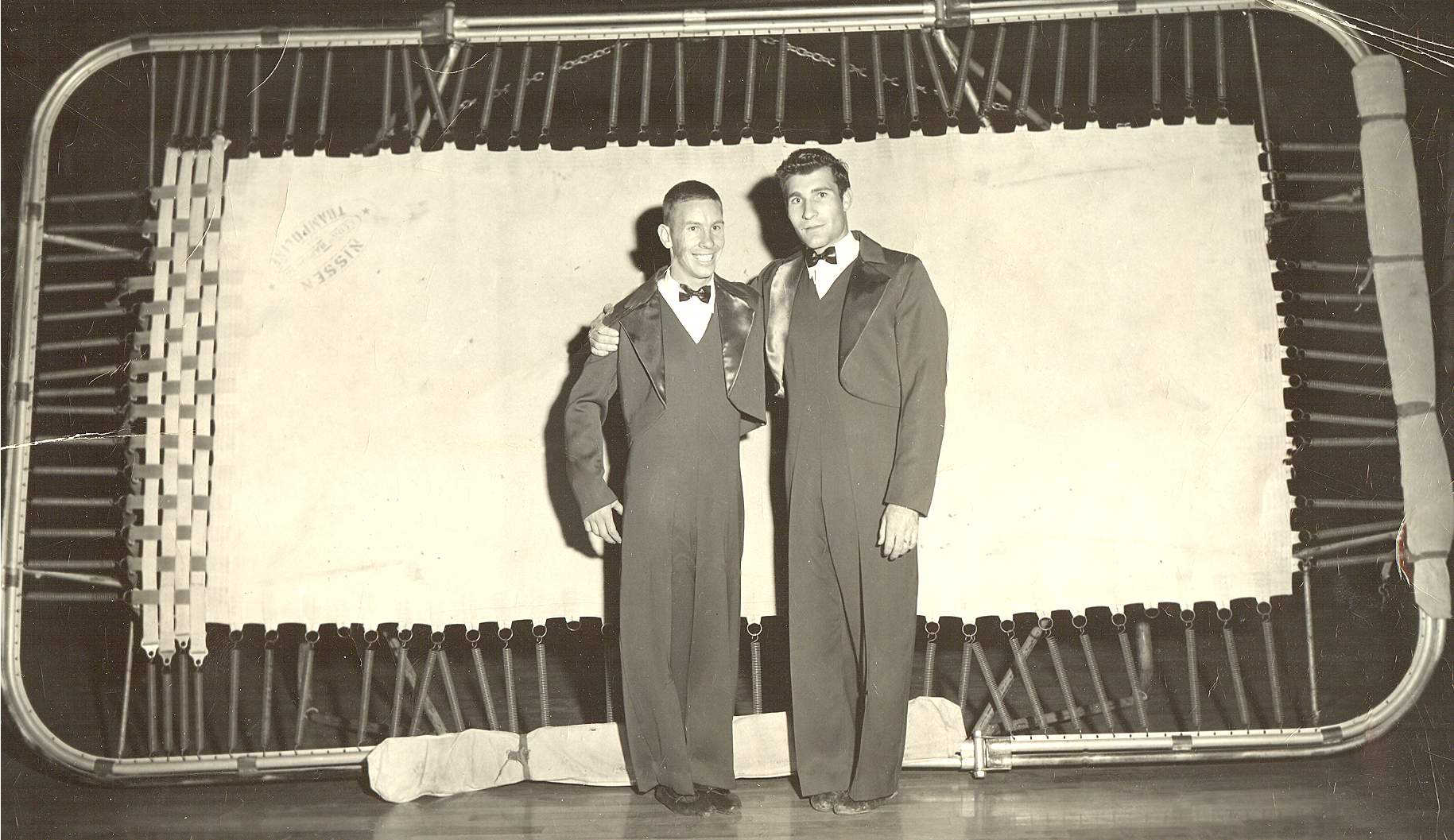


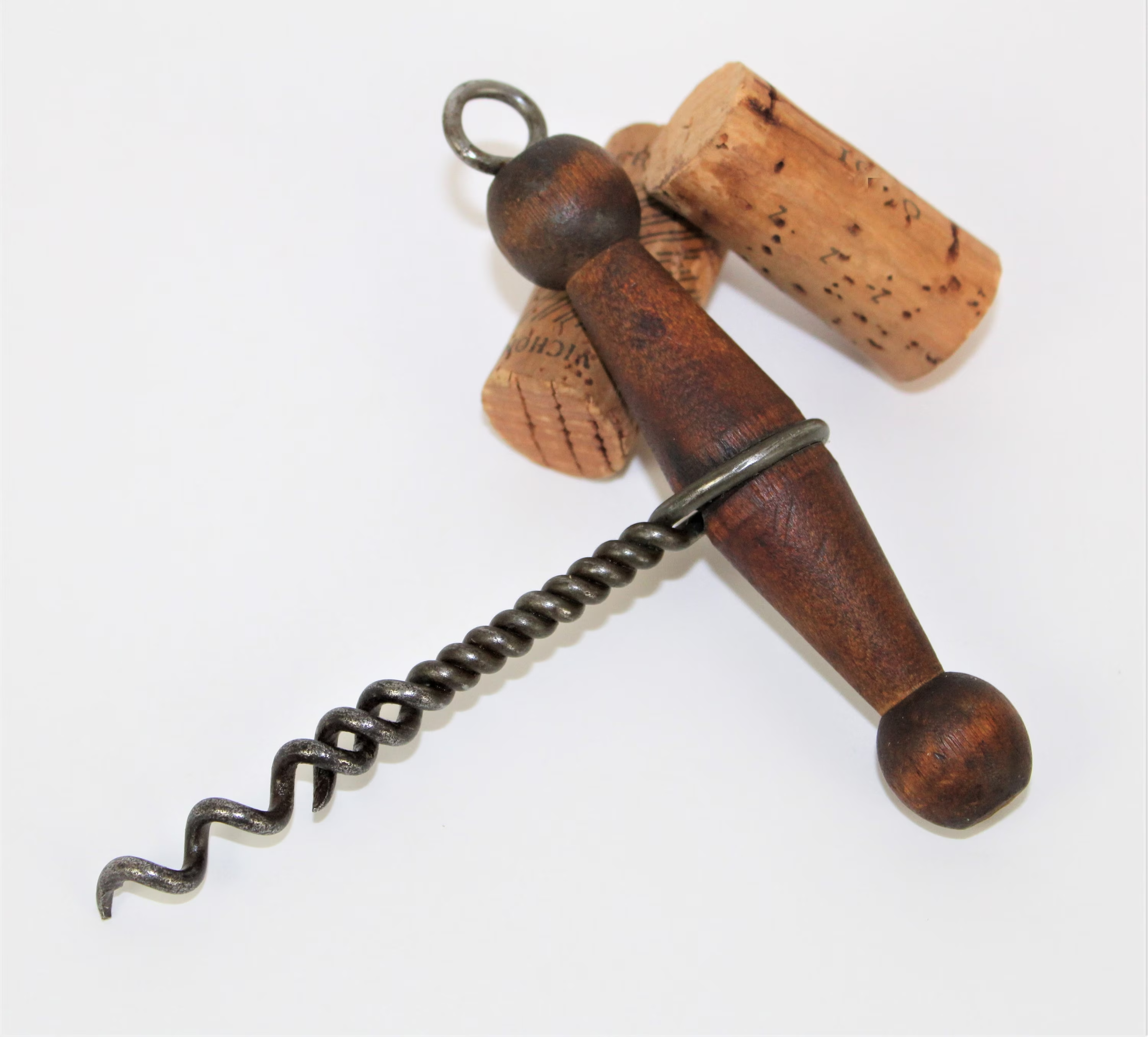
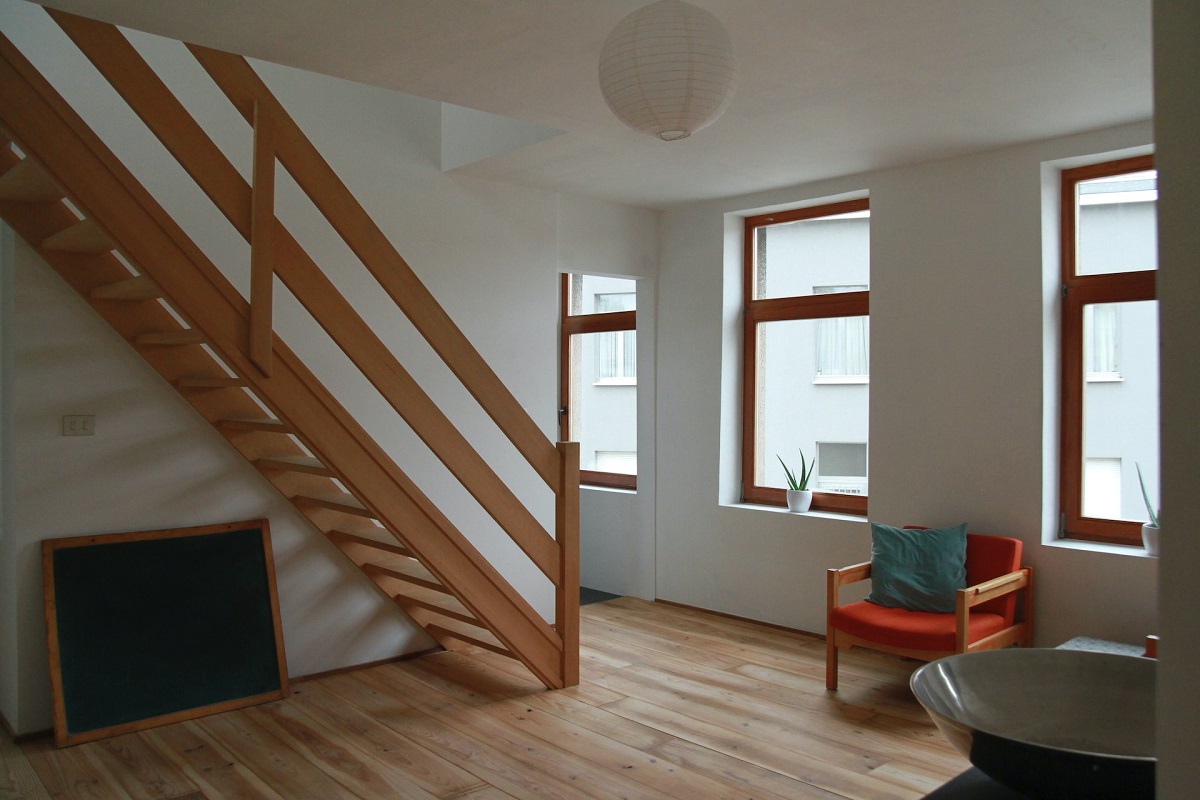

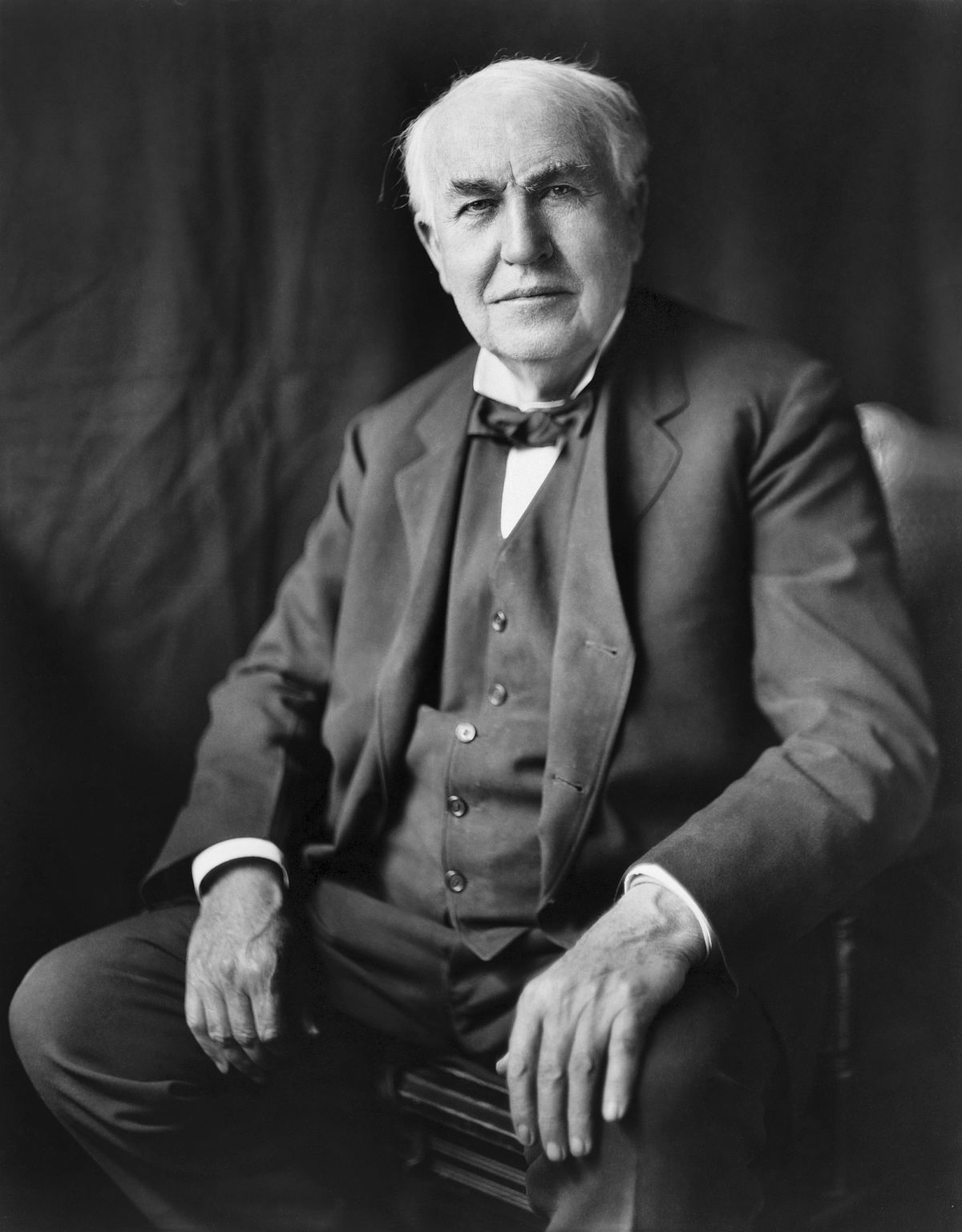
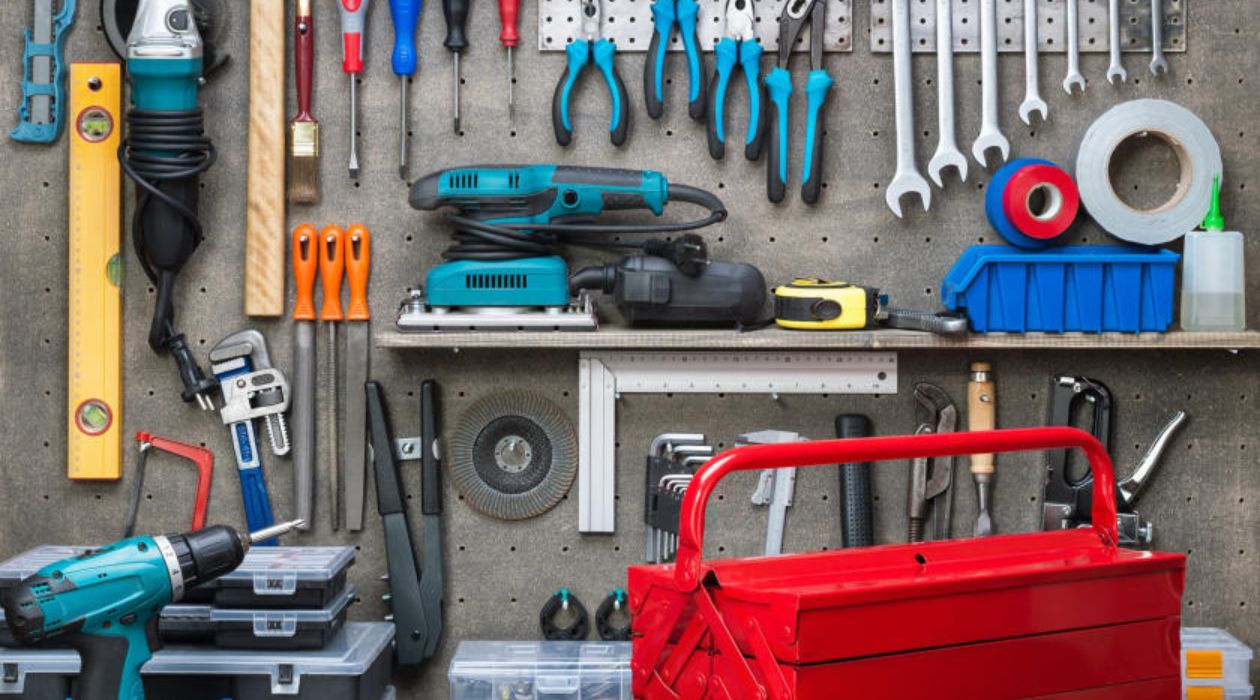
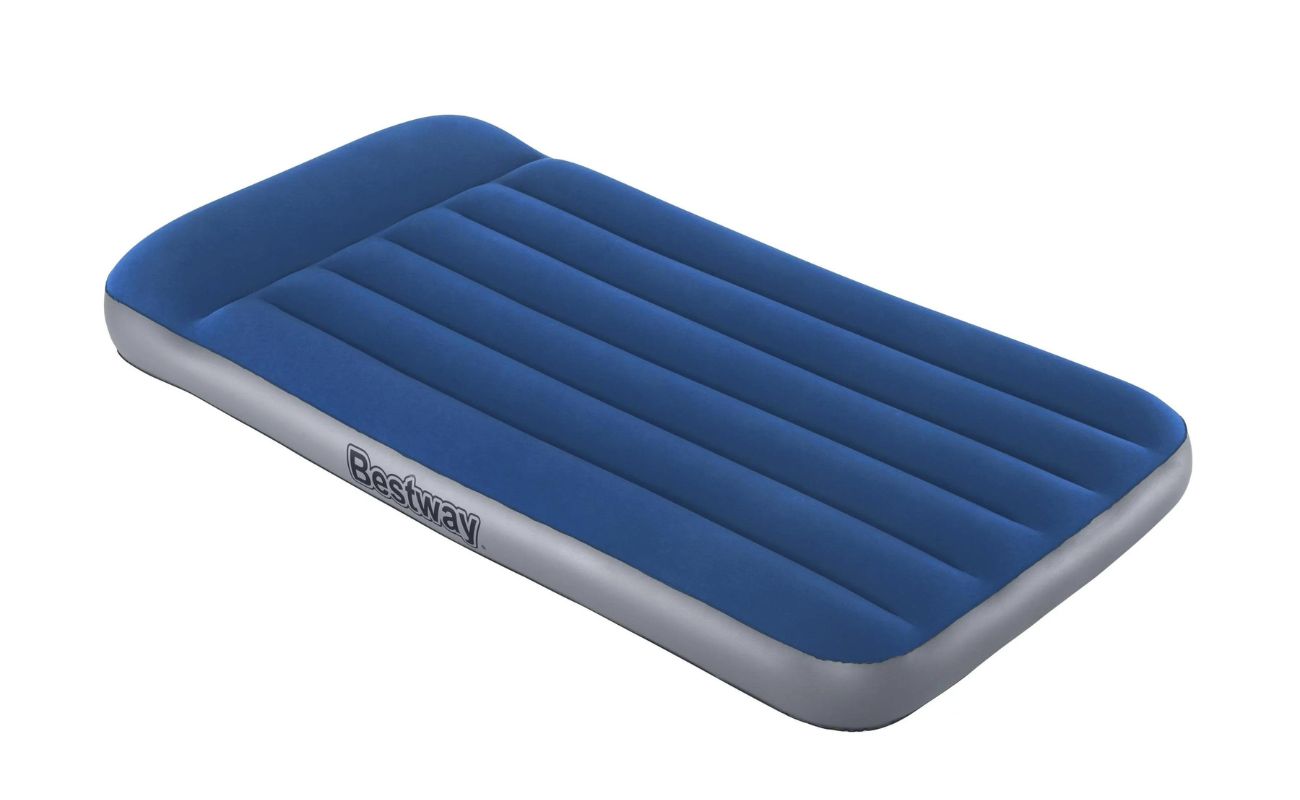


0 thoughts on “Who Invented The Bidet”